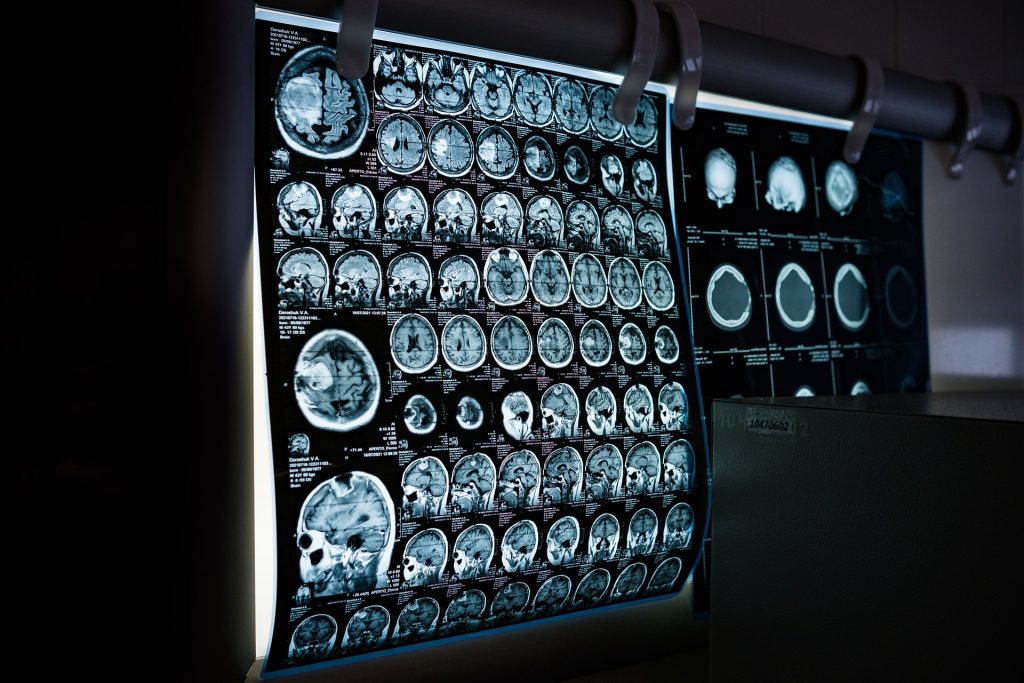Magnetic Resonance Imaging (MRI) is an advanced and modern diagnostic method allowing radiologists to assess the anatomical and functional aspects of organs and tissues. The procedure is non-invasive and does not expose the patient to ionizing radiation, as it uses the phenomenon of nuclear magnetic resonance to create images.
MRI images are characterized by high linear and contrast resolution. The development of diffusion-weighted imaging (DWI) has significantly increased the clinical value of whole-body MRI (WB MRI), enabling radiologists to differentiate between pathological changes without the need for a contrast agent.
Unlike typical organ-specific studies, whole Body MRI performed in the ONCO-RADS standard allows for examination of the entire patient from the top of the head to mid-thigh. New MRI devices can perform such examinations in approximately 50-60 minutes, significantly improving patient comfort and providing doctors with an excellent tool for diagnosing and preventing various diseases (including oncological).

Whole Body MRI is conducted in the ONCO-RADS standard, which precisely defines the examination technique and the reporting standard. Suspicious changes are classified on a scale from 1 to 5, where 1 indicates a lesion most likely benign, and 5 indicates a lesion most likely malignant. This standard is very effective in diagnosing, determining the extent of disease, and monitoring cancer treatment.
The main indications for Whole Body MRI include:
- Prevention of oncological and inflammatory diseases (including autoimmune diseases)
- Early diagnosis and differentiation of oncological diseases
- Assessment of the extent and planning of treatment of oncological diseases
- Monitoring the effects of treatment of oncological and inflammatory diseases
- Monitoring individuals at increased cancer risk (genetic mutations, Li-Fraumeni syndrome, etc.).
Since the examination does not use ionizing radiation, it can also be used in the diagnosis of children for broadly understood disease prevention and general health assessment. Whole-body MRI is also the preferred method for individuals who require frequent imaging (e.g., those at increased risk of cancer).